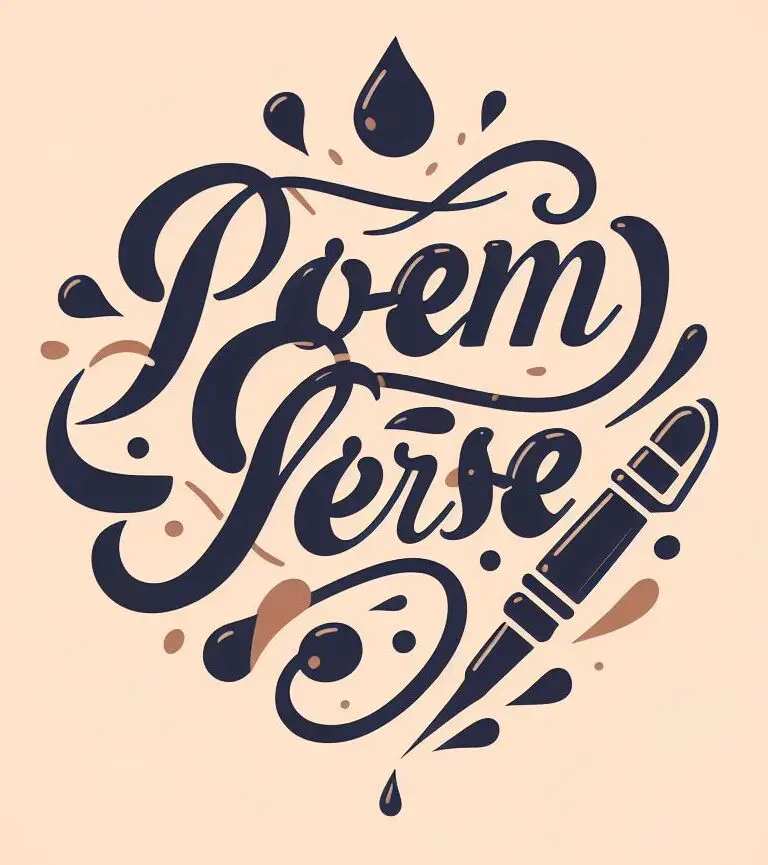Poetry that Engages the Senses: Exploring the Beauty of the Five Senses
Poetry has the remarkable ability to transport us to places beyond our imagination, to evoke emotions we didn't know existed, and to make us experience the world in a whole new way. One aspect of poetry that particularly captures our attention is its ability to engage our senses. Poets skillfully weave words together to create vivid images that appeal to our sight, sound, taste, touch, and smell. In this article, we will delve into the enchanting world of poems about the five senses, showcasing examples that will leave you mesmerized.
Sight
"The Red Wheelbarrow" by William Carlos Williams
so much depends
upon
a red wheel
barrow
glazed with rain
water
beside the white
chickens.
In this succinct masterpiece, Williams paints a vivid picture of a simple red wheelbarrow and the importance it holds in our lives. Through its brevity, the poem draws our attention to the significance of everyday objects that may often go unnoticed. The visual imagery of the red wheelbarrow and the rainwater adds a touch of brilliance to this extraordinary poem.
Hearing
"The Bells" by Edgar Allan Poe
Hear the sledges with the bells—
Silver bells!
What a world of merriment their melody foretells!
How they tinkle, tinkle, tinkle,
In the icy air of night!
While the stars, that oversprinkle
All the heavens, seem to twinkle
With a crystalline delight;
Keeping time, time, time,
In a sort of Runic rhyme,
To the tintinnabulation that so musically wells
From the bells, bells, bells, bells,
Bells, bells, bells—
From the jingling and the tinkling of the bells.
Poe's "The Bells" is a musical masterpiece that awakens our sense of hearing. With its rhythmic and melodic qualities, the poem captures the sound of different types of bells, ranging from joyful sleigh bells to somber funeral bells. The repetition of the word "bells" and the onomatopoeic sounds perfectly create a symphony within the verses.
Taste
"Bitter-Sweet" by Sophie Jewett
I taste upon my lips, dear love,
The bitterness of tears,
The sweetness of remembered joys,
The bitterness of years.
Sophie Jewett's poignant poem, "Bitter-Sweet," explores the complex emotions associated with love and the passage of time. By evoking the sense of taste, the poem allows us to experience the intermingling of bitterness and sweetness that love can bring. This delicate balance of emotions resonates deeply within us, leaving a lasting impression.
Touch
"Fog" by Carl Sandburg
The fog comes
on little cat feet.
It sits looking
over harbor and city
on silent haunches
and then moves on.
Although seemingly simple, "Fog" by Carl Sandburg captures the essence of touch through its tactile imagery. The poem describes how fog glides silently, like a cat, enveloping the harbor and the city. This portrayal of the fog's touch is both gentle and mysterious, evoking a sense of wonder and intrigue.
Smell
"In the Orchard" by Muriel Stuart
I thought of you and how once more
The smell of apples
brought you to mind.
Muriel Stuart's evocative poem, "In the Orchard," immerses us in the realm of smell. The mention of ripe apples triggers memories and associations, instantly connecting the reader to a specific person or moment. The scent of apples lingers in the air, and we are transported to a place where emotions and fragrances intertwine.
Poetry that engages our senses has the power to make us feel alive, to awaken our dormant perceptions, and to bring us closer to the world around us. Through the skillful manipulation of words, poets can transform mere descriptions into sensory experiences. Whether it's sight, sound, taste, touch, or smell, these poems remind us of the beauty that lies within our senses and encourage us to embrace the world with a renewed appreciation.
So, next time you read a poem, allow yourself to be immersed in its sensorial delight, for within its verses, lies a world waiting to be discovered.

Entradas Relacionadas